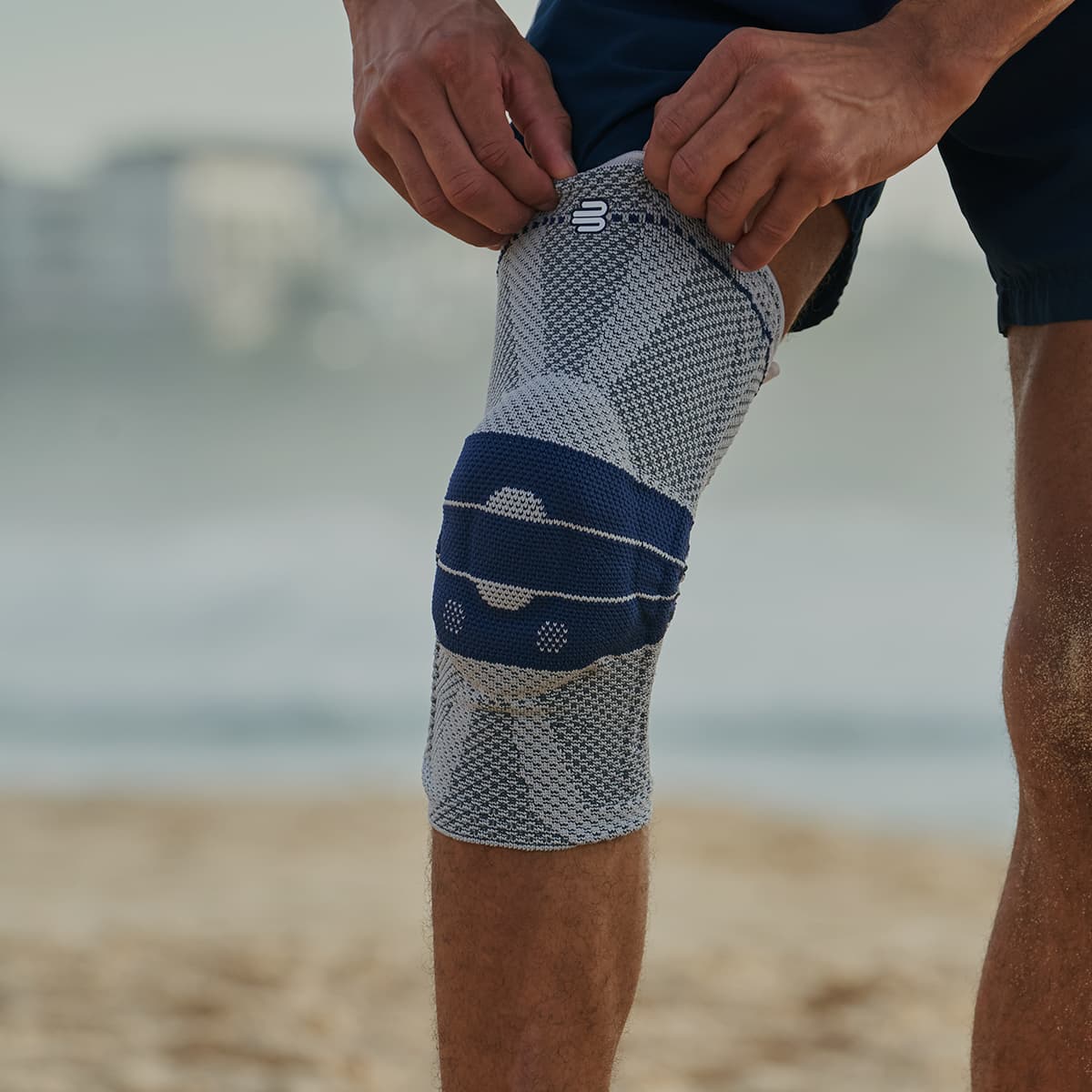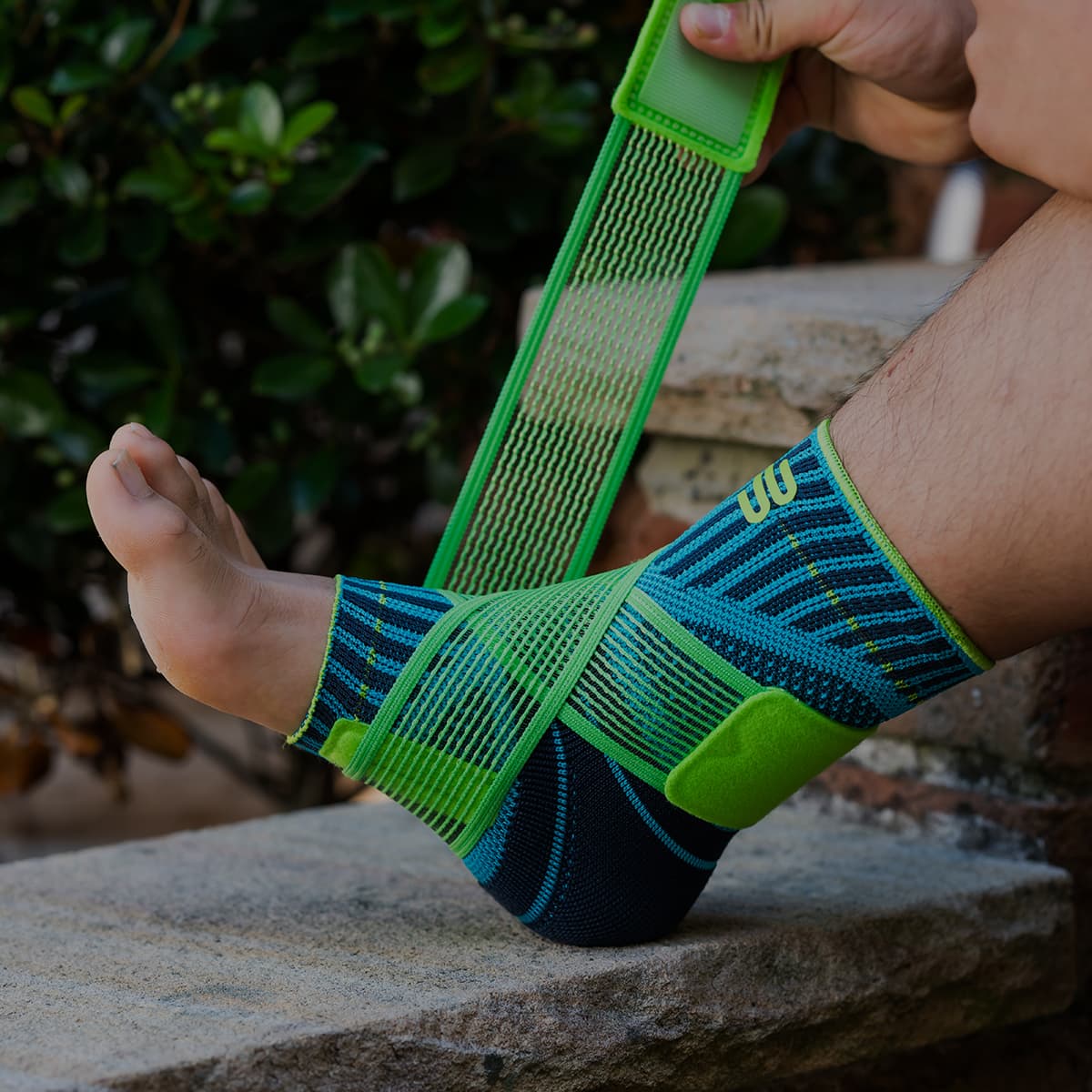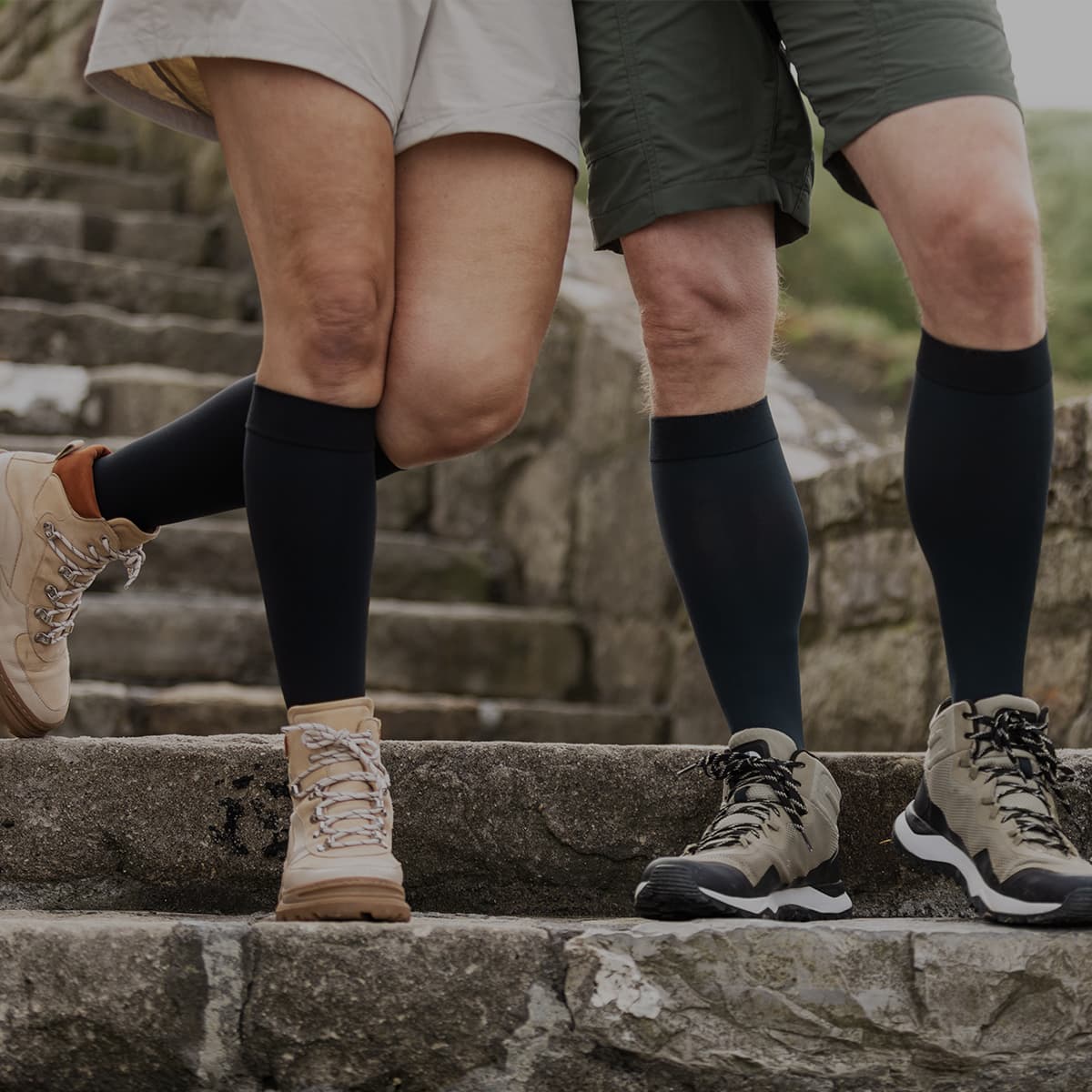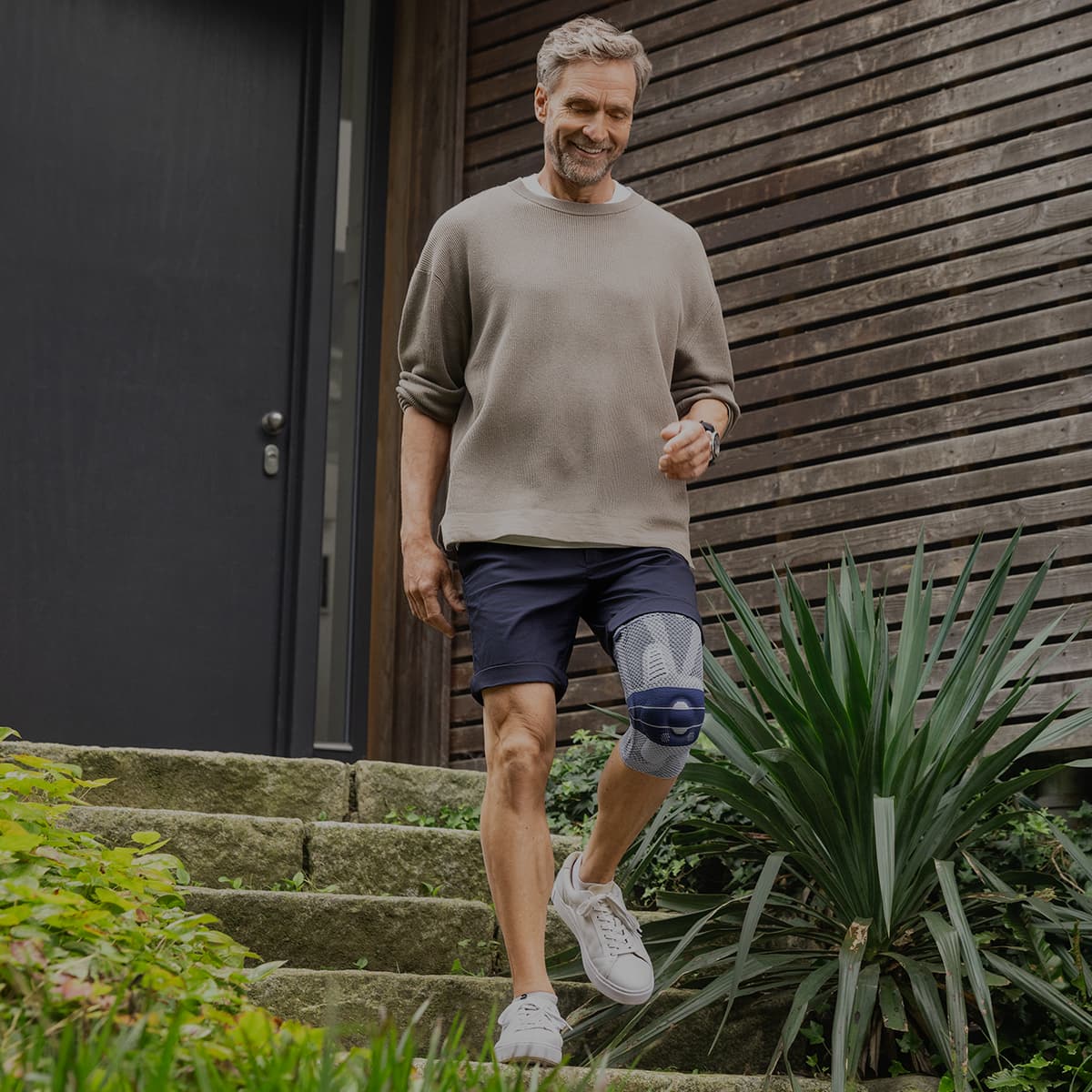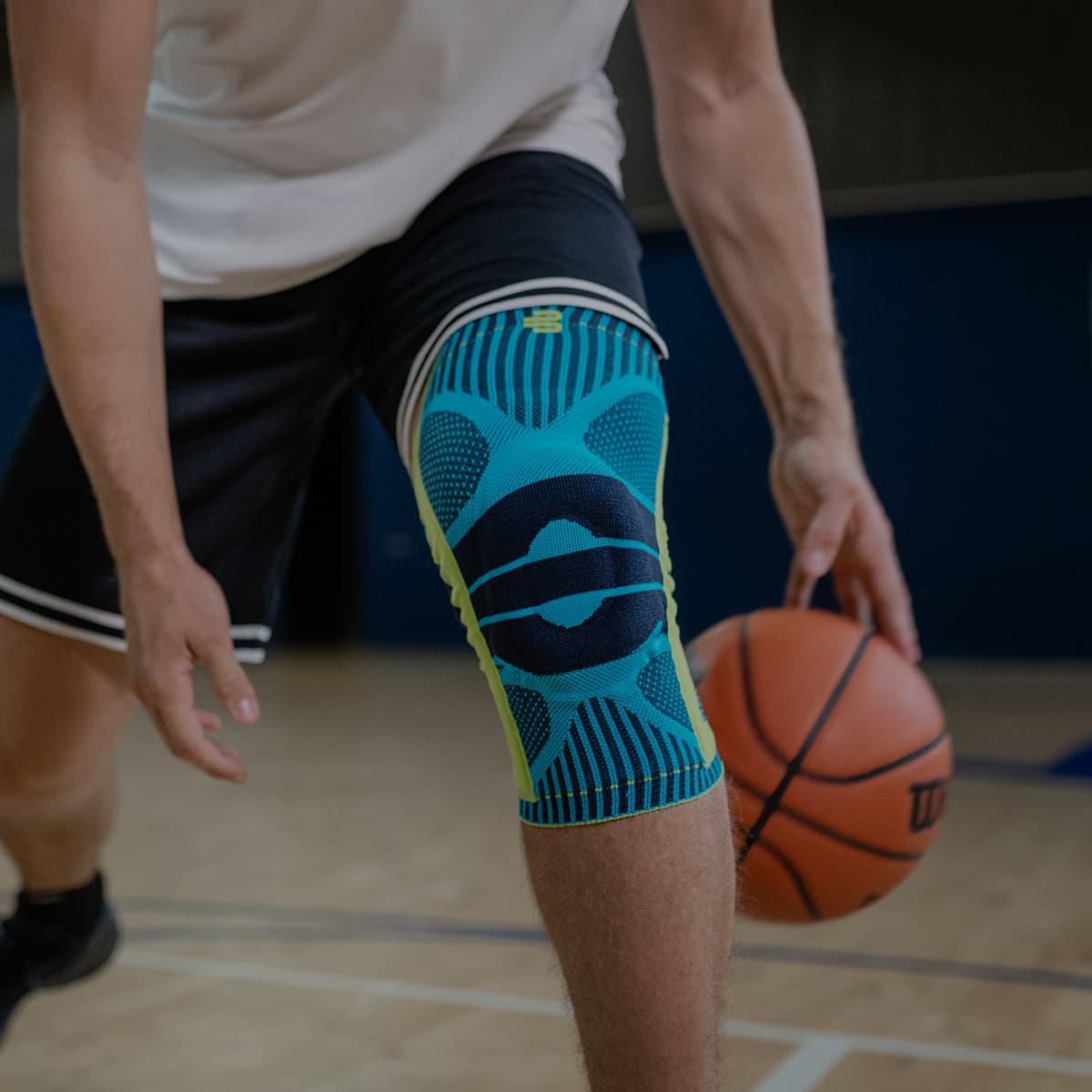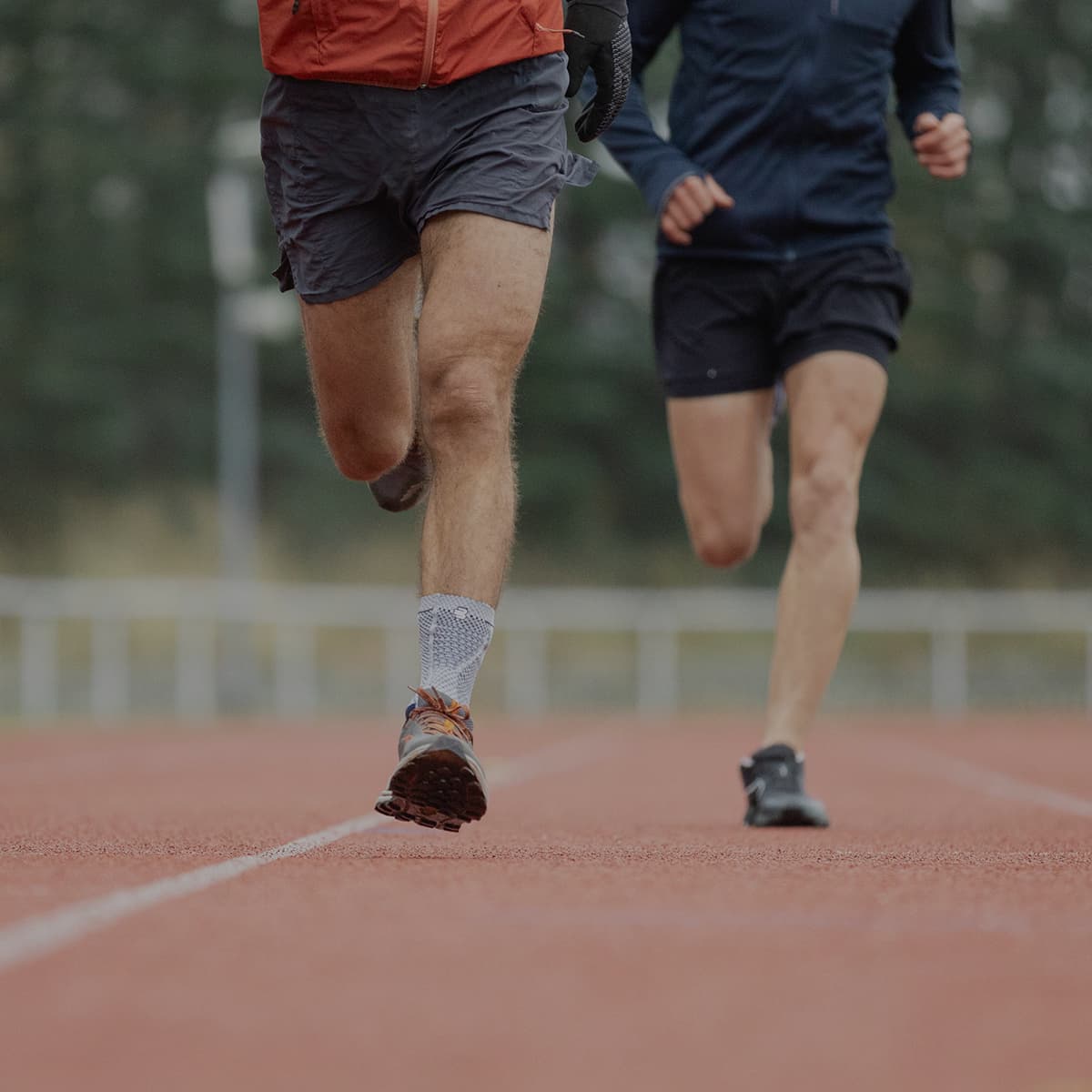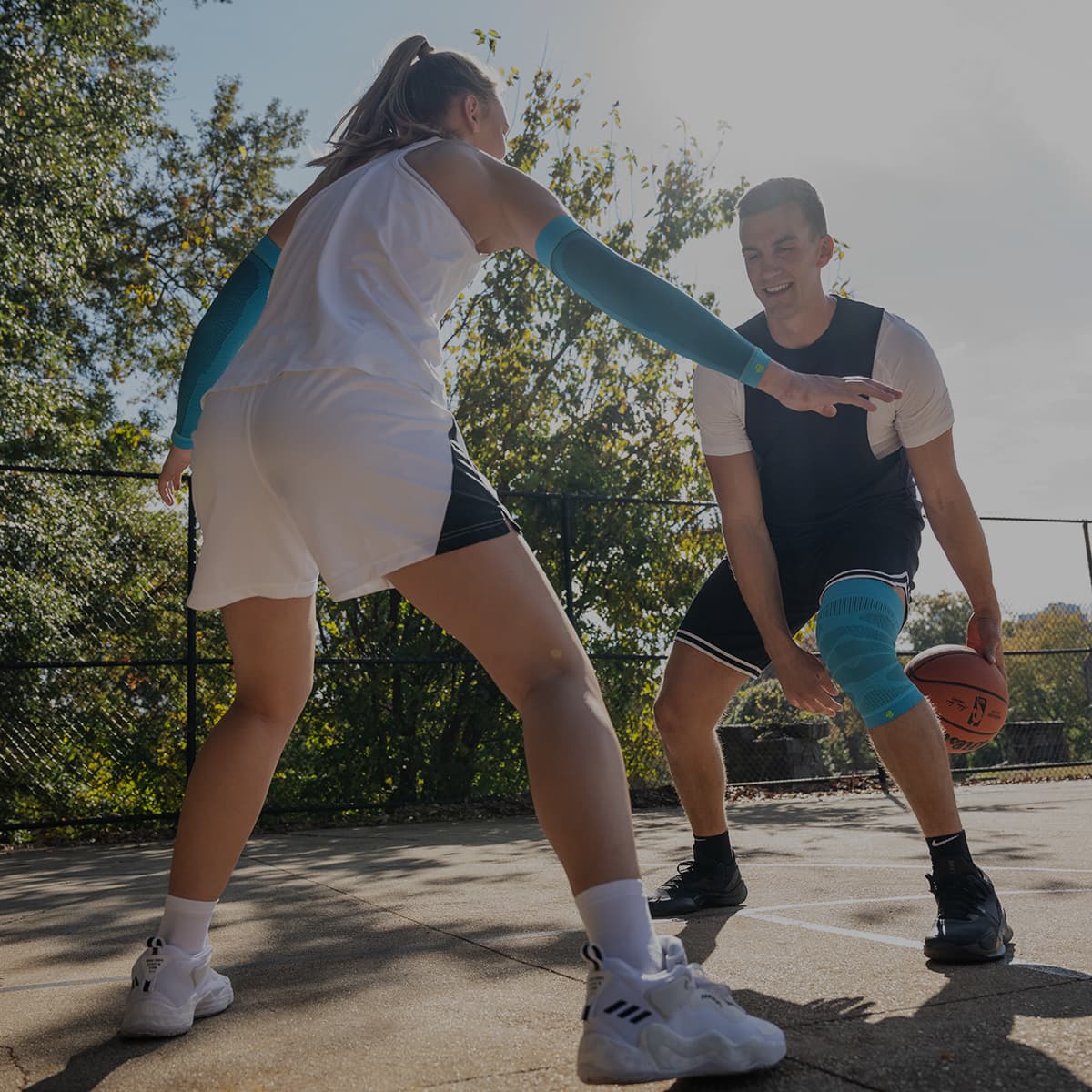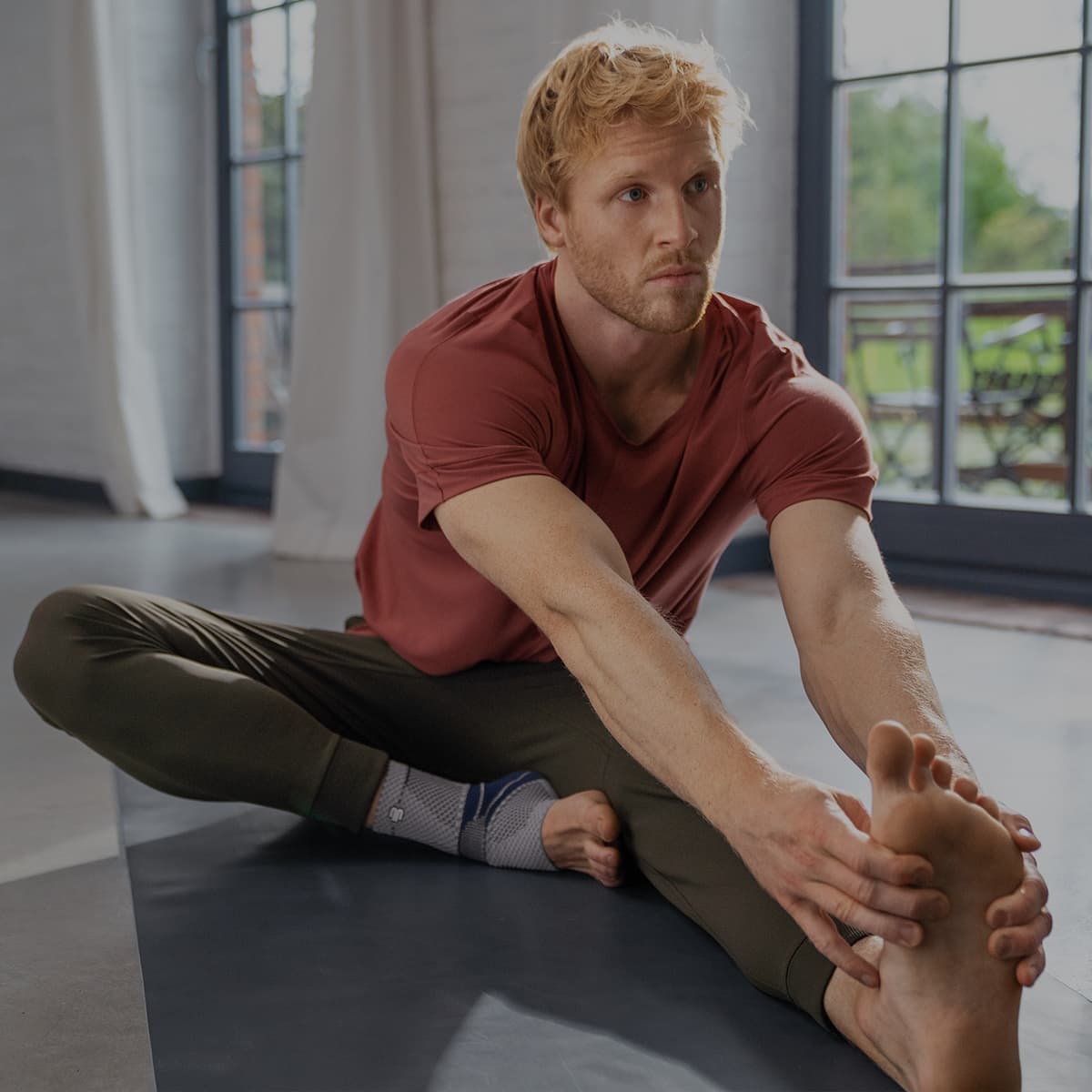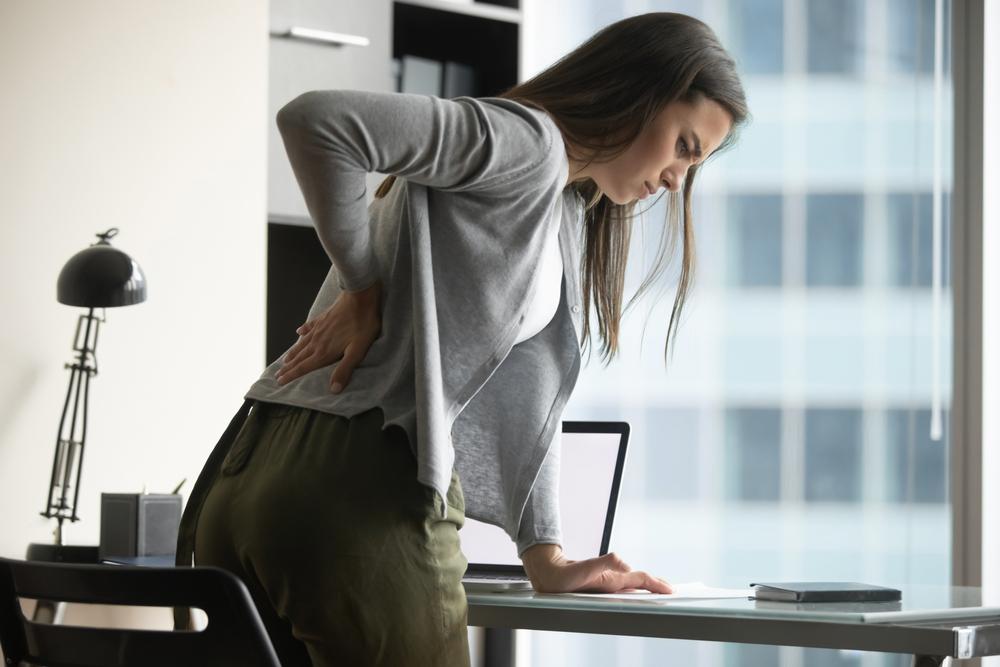Most long-time skiers have suffered an ankle injury. In fact, one in 10 skiing-related injuries involve the ankle. Whether you're an avid participant or trying it for the first time, preparation will help you stay injury-free. So, before you hit the slopes, here are some tips on preventing ankle injuries while skiing.
COMMON ANKLE INJURIES WHILE SKIING
While ski boots are very protective, falls, turns, sharp movements, and ill-fitted boots still put you at risk of several injuries. These may include:
- A peroneal tendon rupture is a complete tear of the tendons on the outside of your ankle. It can happen when you’re edging (digging the edges of your skis into the mountain while turning or slowing down.) Symptoms include pain, swelling, and stiffness.
- An ankle ligament sprain can vary in severity from a mild overstretch (a grade 1 sprain) to a complete tear (a grade 3 sprain). With a grade 1 sprain, you may only feel pain when putting pressure on or moving the joint. With a grade 3 sprain, you may be unable to put weight on it.
- Achilles tendon ruptures occur when the Achilles tendon stretches beyond its limit. This may happen during a fall or a bad landing during a jump.
- You may also get an ankle fracture when skiing. These typically affect the talus, one of the seven tarsal bones at the top of the foot.
These are painful and often cut short a ski trip if they’re not braced and treated correctly.
HOW TO PREVENT ANKLE INJURIES WHILE SKIING
WEAR AN ANKLE BRACE
When skiing, your ankles and feet are under a high level of strain. Therefore, stabilising with a brace is one of the best ways to protect your ankle from injury or to support the ankle if you have previously suffered an injury.
For a complete guide on picking the right ankle support for you, check out our guide here: Selecting the Right Ankle Brace for your Injury.
A good rule of thumb is; if you do not have an ankle injury, then wearing a compression support will provide injury protection while allowing full range of motion. The special compression fabric will communicate with the muscle to help it better protect your ankle.
If you have previously been injured, we recommend wearing a brace with compression and strapping to stabilise the outside of the ankle. Try the MalloTrain S.
STRETCHING, STRENGTHENING AND EXERCISE
If the ankle and lower leg muscles are strong, then the risk of injury is reduced. With ankle issues, a wide range of exercises will help build strength, stability and flexibility.
A FEW SIMPLE ONES THAT YOU CAN DO DAILY INCLUDE:
- Alphabet toes: trace the alphabet in the air with your toes 3 times in a row to promote ankle movement.
- Towel curls: Sitting down, place your feet on a towel and scrunch your toes to move the towel back and forth. Add weight to the towel for a challenge.
- Balance exercises: Stand on one foot for 60 seconds, then alternate. Repeat with your eyes closed.
- Single-leg balance: begin standing upright on feet spread hip-width apart. Step forward onto one foot and hold your balance on that foot. Try to maintain your balance for 10 seconds.
If you have an ankle injury, it is always best to see a physiotherapist who can recommend stretches tailored to your rehabilitation.

Wearing insoles for ankle pain
Wearing correctly fitting insoles while skiing and in day-to-day lily helps your ankles, knees, hips, back, and entire posture and stability.
To find the right insole, speak with an orthopedist or podiatrist. Or you can call, email or chat with a Bauerfeind expert. We have a wide range of insoles for every foot, regardless of size or shape. Details to contact us are below.
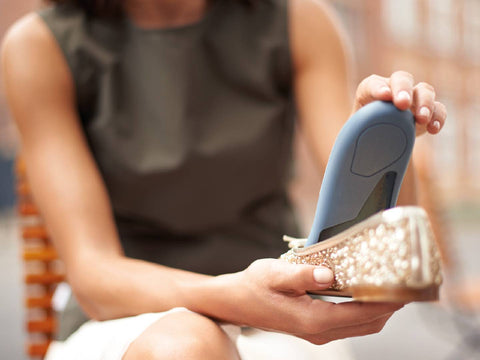
If you require assistance selecting the right product for your needs or wearing the brace, call us on 098015660 or contact us via live chat.
Do you have private health? Most private health extras will cover Bauerfeind Products. Check to see if yours is included. Bauerfeind Private Health Insurance Inquiry.
Bauerfeind products are developed at our innovation and manufacturing facility in Zeulenroda, Germany. Based on years of scientific research, our award-winning braces and support garments are highly recommended by medical professionals and athletes worldwide.

